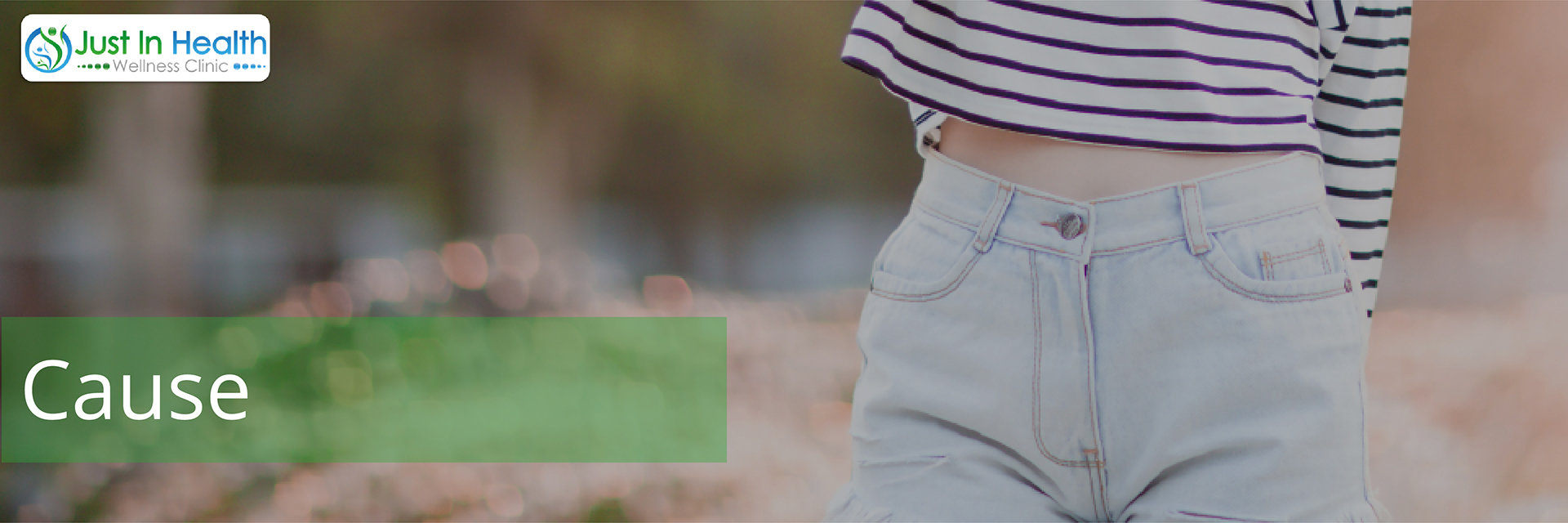

By Dr. Justin Marchegiani
Let’s go into a discussion about PMS or Premenstrual Syndrome – the symptoms and hormones involved and why it occurs in some women. Watch the video and see the overview of what’s really happening in a woman's body to gain an understanding of this issue.

A lot of women are probably very familiar with it. Whether it be causing headaches, cramping, abnormal blood flow, breast tenderness. You name it, I’ve seen it.
The average female cycle is 28 days. And 14 days is the halfway point. And what you see in the first half of the cycle, you’re going to see a lot of estrogen in that first half of the cycle, from there, it’s going to drop, and come back a little bit in the second half.
The first half, this is the estrogen-based part of it and your second half of the cycle, will be progesterone. What you’re going to see is nice, low-dose of progesterone in the beginning, and its’ going to come right up, and then nice crash at the bottom here. And you’re going to see the second half of your cycle, predominated with progesterone. Estrogen is going to really happen in the first half. Why is that? Well, what estrogen is doing is use your uterine lining like cells, thickening that uterine lining up nicely.
And then what happens in the second half of the cycle with that nice, thick uterine lining, you get the egg right there.
So important now is this middle area right here, this is where ovulation occurs. It’s kind of the intermediary between the estrogen and the progesterone and that’s where ovulation occurs.
So I think it’s really important to actually know what’s going on in your cycle.
Want to learn more about your ovulation cycle and PMS? CLICK HERE

When the progesterone drops in that second half, this is where menstruation occurs. This is where you actually have your period. What we find is majority of women that have PMS symptoms- the breast tenderness, the cramping, the whole nine yards- their progesterone is actually much lower. So imagine this line, it’s much lower.
So we have low amounts of progesterone in the second half of the cyle. And that can trigger a lot of the symptoms we’re referring to.
So you’re probably thinking, what’s causing this low progesterone? Well, the question is, where is the progesterone going? Well progesterone is actually getting converted into a hormone, called cortisol.
Cortisol is essentially a glucocorticosteroid. Alright. So, gluco – glucose. Alright. To watch sugar stability is one of the main role of cortisol. Steroid – inflammation, pain.
So one of the most common things that drive low progesterone in the second half of the cycle is blood sugar issues. You’re not getting enough high-quality fat and protein. It's very important – Inflammation, Pain. This could be chronic back pain, knee pain, neck pain. This could be from too much or too little exercise. This could also be from food allergens. This could also be from infections. There’s really no magic pill for it. PMS, there’s no magic pill for it coz it can be a combination of these issues.

So what we do here is, we actually address the adrenal glands. The adrenals are really responsible for producing cortisol, as well as progesterone.
If we can address adrenal glands, we’re going to have a huge impact and balance in this last half of the cycle here. We’ll also have a huge impact for the rest of the lifestyle concern, which is blood sugar, exercise lifestyle, diet and things like that.
We also use some specific herbal blends and even adrenal support to actually help balance this last half of the cycle up.
If you have any more questions, please shoot me an email or schedule the consultation and we can go a little bit deeper with your concerns.
Schedule a consult and get more information regarding PMS by CLICKING HERE